As young architects in Hong Kong in 2005, Joshua Bolchover and John Lin were in the right place at the right time. China was urbanizing at an unprecedented rate and had become a playground for architects.
Zaha Hadid’s design for the Guangzhou Opera House had broken ground, Rem Koolhaas had unveiled plans for Beijing’s CCTV Headquarters, and dozens of other headline-grabbing, big-budget projects were being built in cities across the country.
But Bolchover and Lin weren’t interested.
“At the time, many people were talking about the cities in China,” Bolchover recalls. “But we were thinking, ‘What else is going on? What’s happening to the rest of the country? What does the rural look like in China, given that this process of urbanization is occurring?’”
These questions led the duo to establish Rural Urban Framework (RUF), a design lab operating out of the University of Hong Kong. The not-for-profit organization works on public service projects – including hospitals, schools and houses – for rural communities around China.
A new model for China’s villages
Just like the country’s cities, China’s villages underwent rapid transformation in the 2000s. Between 2005 and 2015, as many as 900,000 Chinese villages disappeared, either being absorbed into expanding cities or abandoned as residents migrated to urban areas.
Bolchover and Lin found plenty of ghost towns during their travels through China. But they also discovered communities experiencing building booms fueled by money sent home by rural migrants. In some areas, tower blocks were being erected in empty fields.
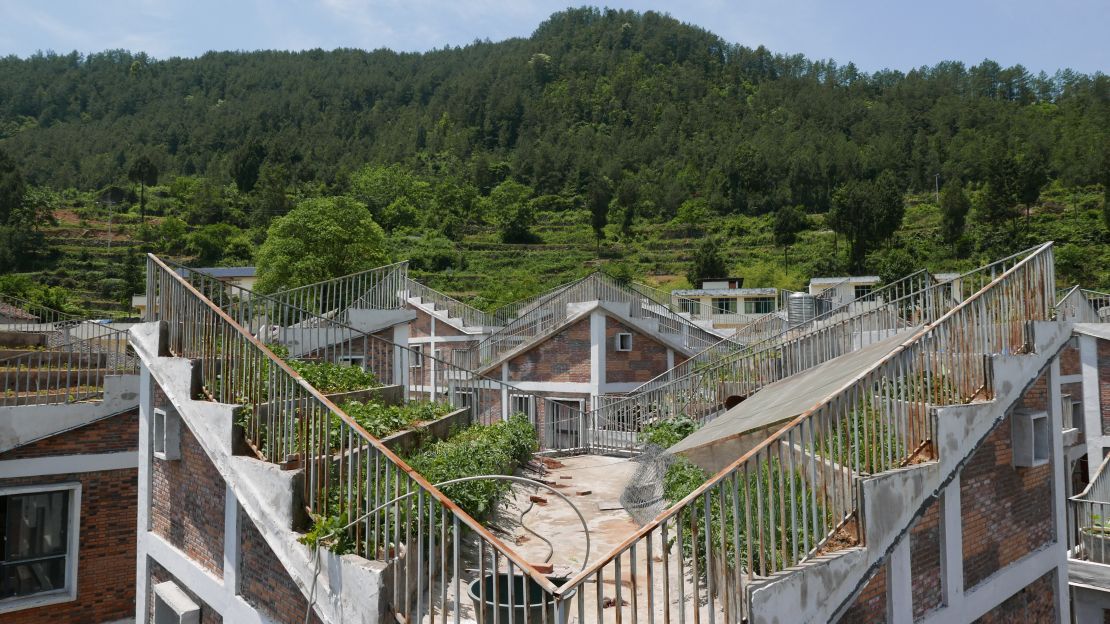
In the rush to build, good design was often being ignored in the countryside. By opting for low-risk, copy-and-paste blueprints, local authorities were hindering their ability to deliver effective public services.
“Certain institutions and buildings end up looking the same in China,” Bolchover says. “Whether it’s a hospital, a school or an orphanage, they’re all concrete-frame, standardized building types. Design is critical, and through it we’re able to bring other facilities (and) nicer spaces into these environments.”
RUF’s projects in rural China range from designing stimulating new classrooms to building bridges that reconnect communities divided by new highways. One of its most innovative projects is the redesign of Angdong Hospital in Hunan province. Previously an impractical, boxy building, RUF replaced it with an ambitious pentagonal structure with a central courtyard.
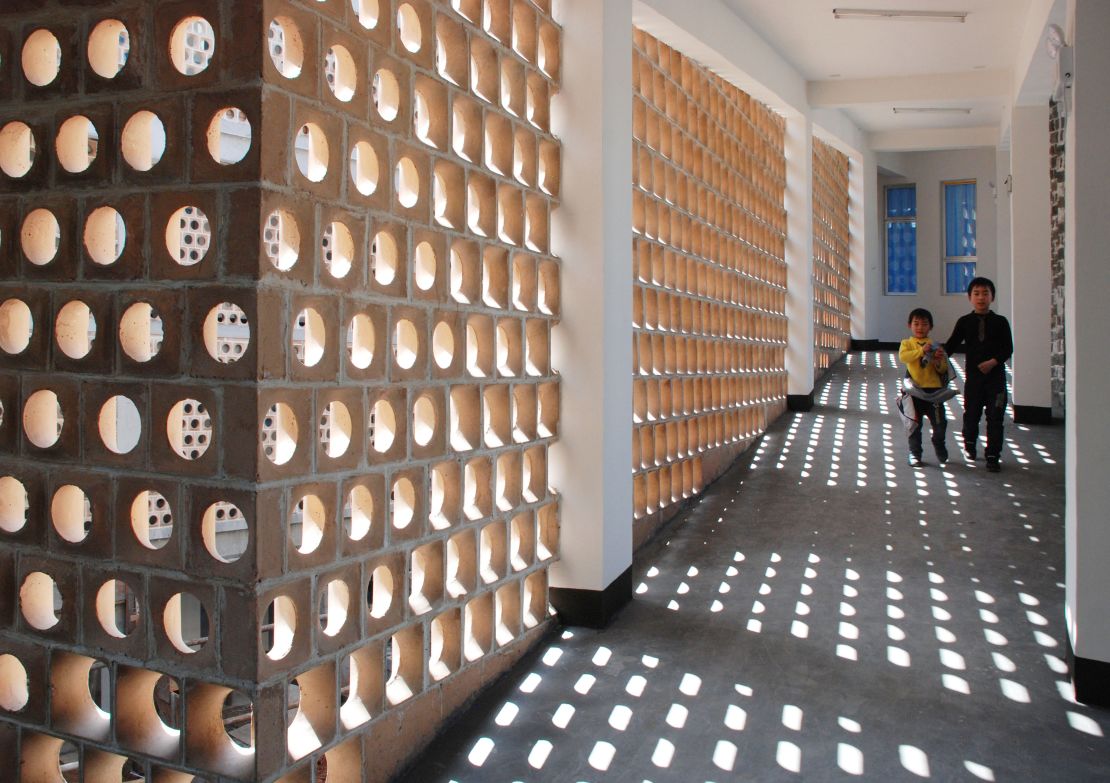
The original building was a three-story walk-up, which meant that family members had to carry ill relatives up and down the stairs. RUF’s new building solved this by connecting all the floors with a wide, spiraling ramp.
“It (would have) cost exactly the same to put an elevator in as it cost to build the ramp,” Lin says.
“But what we gained by building a ramp was the creation of this interesting public space in which elderly people from across the street can come and exercise. And children love to go there.”
Empowering communities
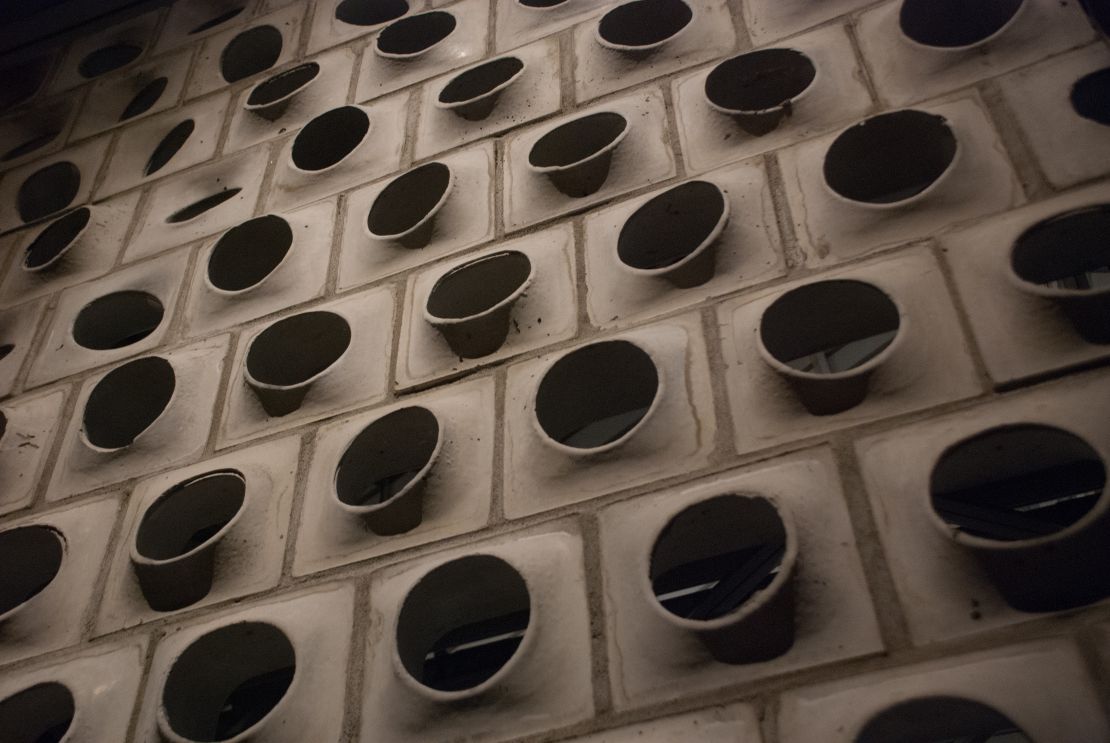
A major addition to Angdong Hospital was a perforated exterior made from concrete blocks with circular holes in them. In the hope of improving construction expertise in the village, RUF developed the facade in collaboration with local manufacturers.
“Making standardized molds [for concrete blocks] is a very typical construction process in China,” Bolchover explains. “We thought, ‘How can we intervene and make something different?’
“Our work isn’t about bringing something that’s completely new – it’s about working with villages to develop new technology and new materials. We work with what’s there, and take it to another level.”
Bringing such ambitious designs to rural communities presented unique challenges. Often faced with local government officials and villagers who are suspicious of bold buildings, RUF must dedicate time and effort to getting communities on board. As a result, projects can take up to three years, even when the construction time is less than a year.
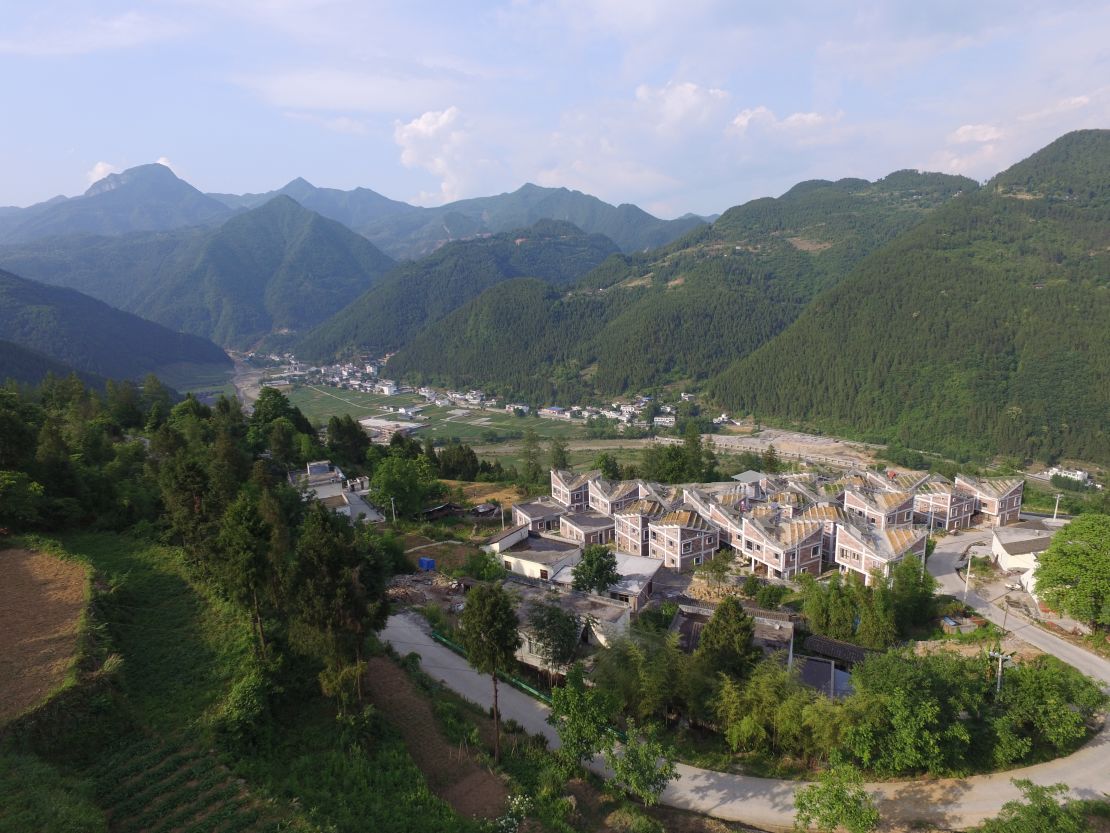
Following the success of their work in rural China, Bolchover and Lin are currently working on the reconstruction of an entire village destroyed during the 2008 Sichuan earthquake.
The Hong Kong architects have redesigned Jintai village from scratch, building 22 earthquake-resistant homes and an innovative animal-rearing facility that will generate energy from biogas.
Not only is this environmentally friendly, but it also helps the community become more economically self-reliant, curbing villagers’ dependence on energy companies.
In RUF’s projects, form follows function. But the aesthetics of its buildings are carefully considered. The stepped roofs of Jintai Village’s new houses give residents extra space to grow crops, but their peaked design also resembles the community’s mountain surroundings.
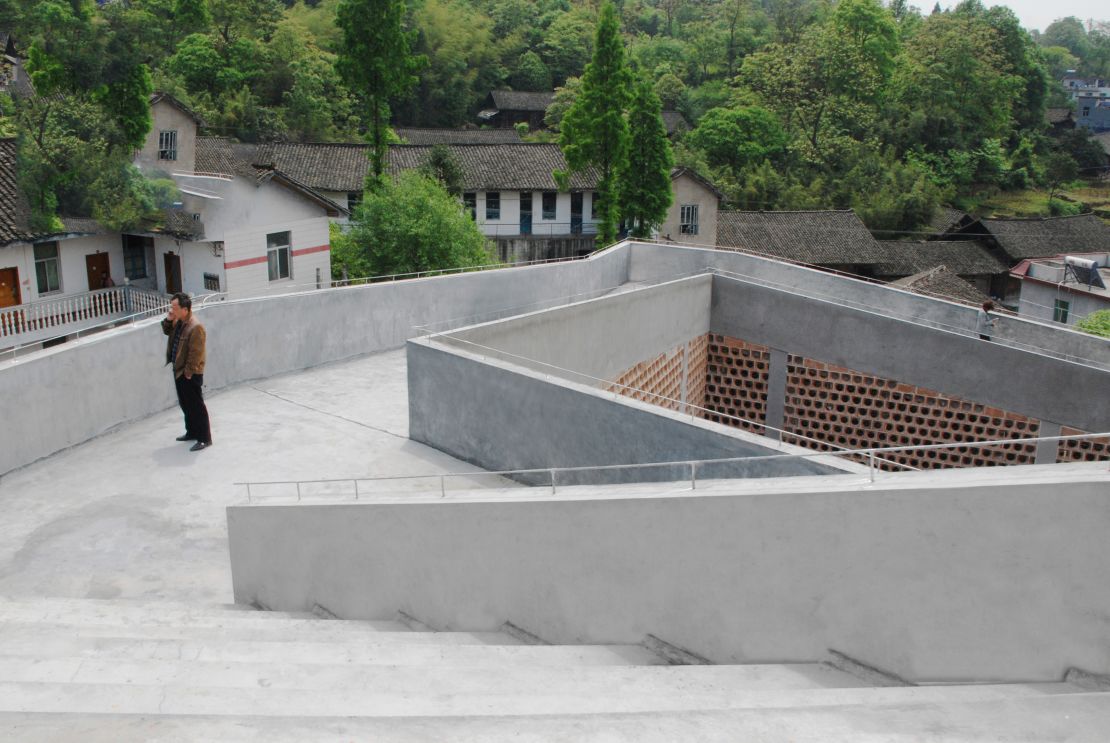
When the village is completed in July, its buildings will not only be safer and more energy efficient – they’ll also be more beautiful.
“Through design you can add different forms of value. You add social value, you strengthen the community – it can even be ecological value,” Lin says. “But we’re also saying that design itself is a form of value. We believe in design.”
Looking beyond China
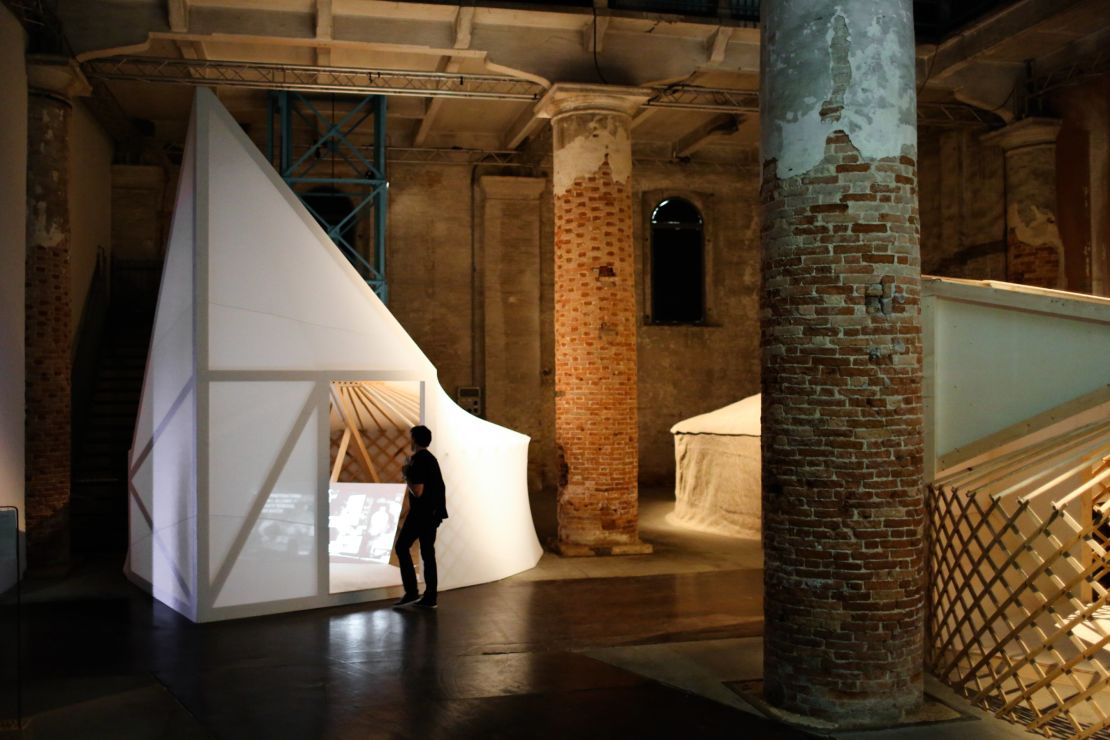
RUF’s research on housing has led Bolchover and Lin to Mongolia, where they’re working on their first project outside China. Mongolia is experiencing similar patterns of urbanization, but in its capital, Ulaanbaatar, migrants aren’t moving into houses – they’re simply pitching their ancestral tents on the outskirts of the city.
These traditional yurts, known in Mongolia as gers, are off-grid. This can lead to problems with waste disposal, so RUF designed a ‘hybrid’ ger that retains the characteristics of a tent but can be plugged into the sewage system, electrical grid and water mains. A Mongolian couple will move into the first prototype this summer.
“This project is not just about creating a modern house,” Lin says. “It’s also a project which preserves the ger as a traditional form of living. We’re very much working through the urbanization process to preserve the traditions of these places.”















